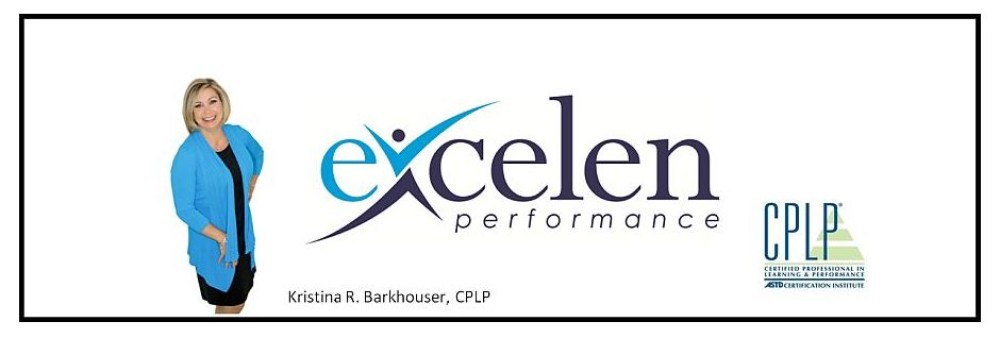“Well that’s how I was trained, and I turned out fine!” This is a destructive and short sighted attitude for employers to take when it comes to employee traini ng.
ng.
It costs a lot of money to recruit, interview and hire an employee. The time between an employee’s first day on the job and actual productive work output is directly related to the quality of training provided. Just because the “learn by immersion” theory worked in some cases doesn’t mean it’s the best use of resources. It will generally end up costing the business more in the form of mistakes and reduced efficiency.
Developing a good employee on-boarding program that gives new employees a solid understanding of the goals and vision of your business, and then giving them concrete expectations and procedures for doing their job, not only benefits the new employee but the business and its customers as well!
Don’t expect your new employees to “sink or swim”. Ensure that they get their feet wet the right way and reap the benefits of a strong employee training program!

